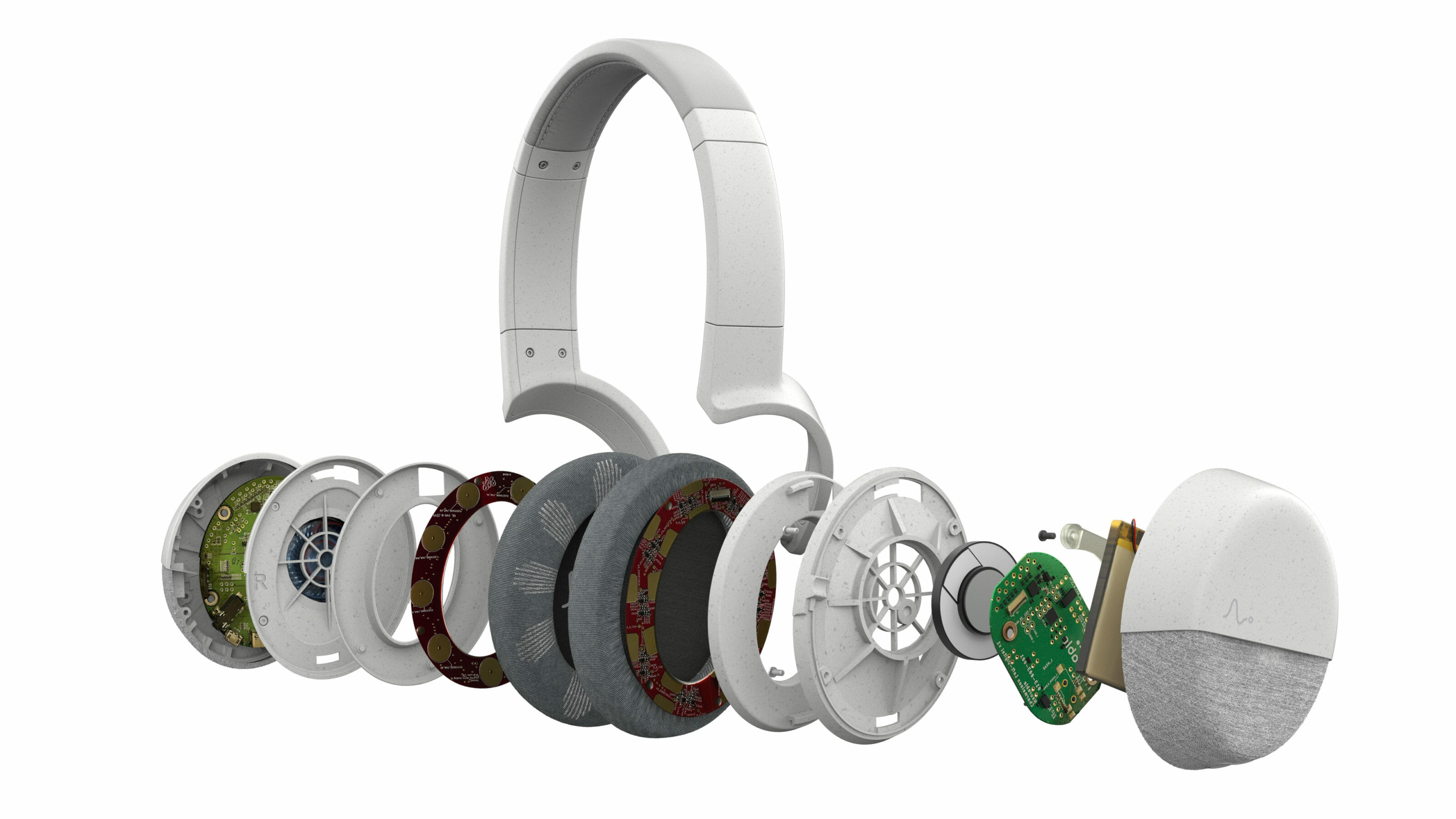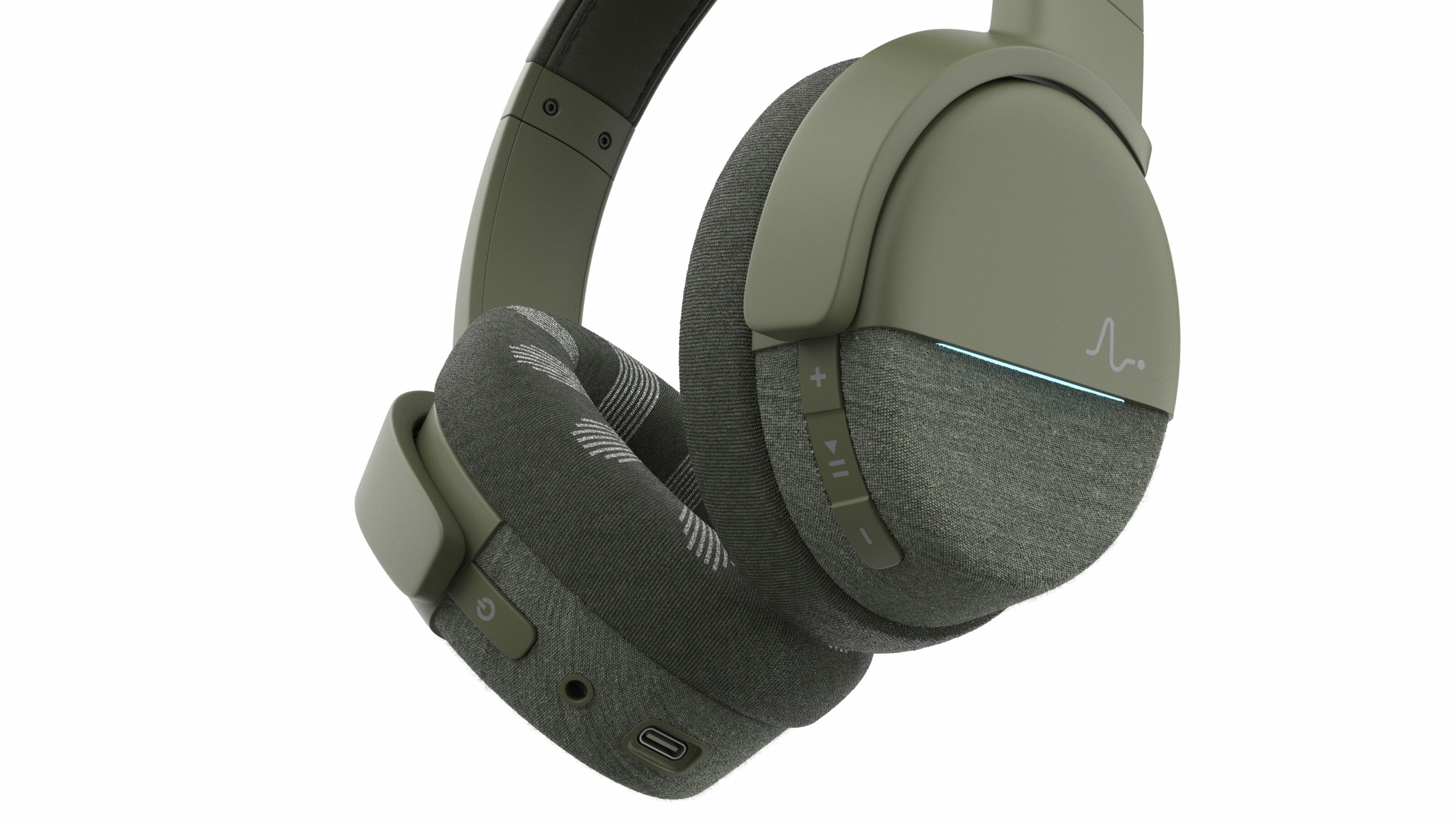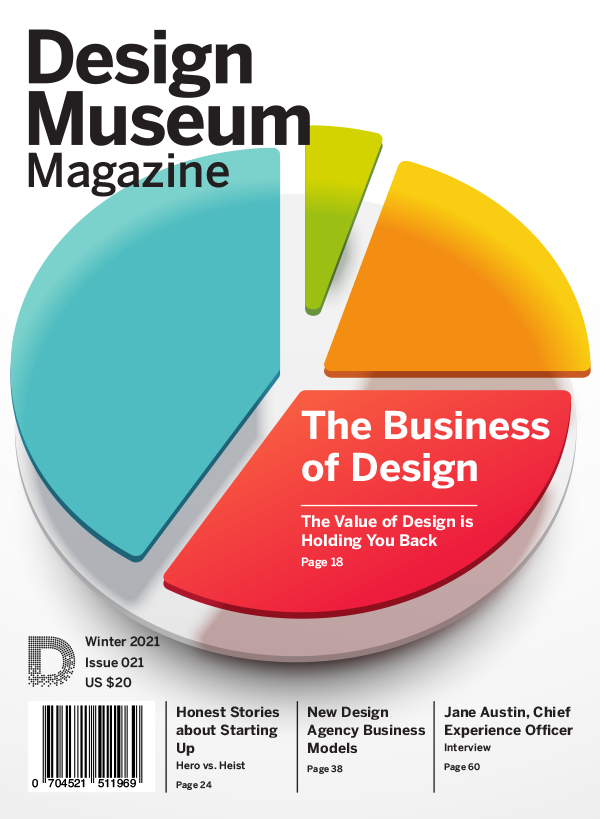Bringing New Products to Life
Focus on Minimum Acceptable Designed Experience for Startup Success.

By Danielle Shaheen
Startups face unique challenges navigating the uncharted route from an idea to a tangible consumer product. It’s widely stated that as many as 90% of startups fail. And when it comes to the startups developing hardware products, that number is likely even higher. But what sets the successful 10% of companies apart from the rest? And how can you avoid critical mistakes during the industrial design process?
The path to a new physical product requires much more agility for a startup compared to the typical industrial design journey of an established company. By identifying and understanding the challenges and risks — and learning how to plan for them — startups can work through the design process nimbly while achieving design excellence.
MVP
Minimum Viable Product
MADE
Minimum Acceptable Designed Experience
Focus on MADE, instead of MVP
When bringing a product to market, you need to move beyond what some call a minimum viable product (MVP), a product with just enough features to be acceptable and usable by early adopters. The word ‘viable’ is subjective.
Many startups choose what to make based on what’s viable for them at the time, ignoring what’s acceptable in the consumer’s mind and wallet. If your startup is bringing new technology to the world, or a new process or idea, it must be developed into a product that truly serves the consumer. So it’s imperative to replace minimum viable product for the startup with minimum acceptable designed experience for the end-user. The minimum acceptable designed experience, or MADE, is what will attract and retain your first customers, setting your new venture up for success.
A great example of the evolution from MVP to MADE is the design development for Neurable’s first product, the Enten headphones. Neurable, a Boston-based startup, brings breakthrough Brain Computer Interface (BCI) sensing technology to the consumer market. Through a set of headphones integrated with their technology, Neurable’s Enten can read your brain activity and translate it into insights to benefit your everyday life; for example, helping you understand your own focus and distraction patterns throughout the day, simply by monitoring your brain activity while wearing the headphones.
Designing their sensing technology into a set of headphones was exciting and challenging work for our team at Fresco. Their MVP was designed to work and be worn, but it used large, off-the-shelf sensors, which in turn created very large headphones. The MVP was useful to demonstrate the technology to a small group of internal users and early adopters, but it wasn’t the end product. The MVP did not succeed in areas that a consumer typically requires from headphones, they must be compact, look great, and be comfortable to wear.
Neurable recognized and embraced the notion that the form factor of their MVP, driven by their existing and available technology, needed significant design refinement and advancement in the sensor technology to bring a successful product to end users.
Developing technology into a consumer-facing product raises the bar of the entire product architecture and changes the product requirements and experience. Fresco helped Neurable pinpoint their MADE by carefully identifying the target customers’ use cases and expectations. These insights guided the design, function, and appearance of the Enten final product. The MADE features sensors that are woven into the ear cup fabric, incorporating BCI technology in an attractive, delightful, and unobtrusive way. The MADE is not only about ensuring that a technology works as intended, but also that the designed user experience resonates with the target market, serves consumer’s needs, and meets their expectations.

Neurable’s Enten headphones MVP with off-the-shelf sensors (left) MADE with woven sensors (right)

Choose a Design Partner Wisely
If your startup has a science and engineering-dominant business culture that values technical differentiation, don’t leave sophisticated design and product development to inexperienced, junior-level, solo contributors, or even worse to non-designer founders. If you don’t have resident experts in design-driven product development, then that experience should come from outside consultants or partners. The right team will guide you to your MADE.
The type of design partner you choose matters. There are companies that focus on design for manufacturing, but they typically lack the front-end magic and don’t place enough importance on the end user. There are also whimsical boutique design firms that produce inspiring conceptual work, but these products often cannot be made into a manufacturable, mass-market product.
Industrial design for product development is a professional team sport. It requires senior-level talent and a team that can leverage multiple strengths to take you from conceptual greatness, through the problem-solving process as you explore new technologies and usability, and then all the way through manufacturing. A good design team should also be comfortable with the “undefined,” and provide a level of imagination that builds upon a founder’s vision (even if it’s still blurry or a work-in-progress), to create a desirable and exciting end product and experience.
Skills you want to look for when cultivating your team:
Industrial design innovation: user research, design market analysis, strategic differentiation, intellectual property development, concept development, user-centered design
Industrial Design execution: geometry development, Class-A surfacing, UX/UI, human factors and ergonomics design, prototyping, design for manufacturing, assembly and repair, packaging design
Manufacturing support: design documentation, supplier validation, vendor liaison and negotiation, part inspection
Marketing assets: web and social media 3D assets, virtual photography, product animation, illustration, AR/VR
As you approach manufacturing, your design partner should be your buying agent and advocate. You wouldn’t walk into a contract negotiation without a lawyer, so don’t be the startup that goes straight to the manufacturer without expert design partners in the room. A knowledgeable design team will guide you through the manufacturing phase, manage contract manufacturers, and ultimately ensure that the end product represents the product you spent years developing – in build quality, performance, and cost.

Enten Prototype
Create a Realistic Roadmap
Creating hardware products is hard. We do not like being the first people to tell a startup that the timeline to develop their product will be about 12-18 months, with costs in the seven-figures, but we often are. Design, by the way, is a very small percentage of that cost. Knowing what to expect in the industrial design process and having a realistic schedule, milestones, and budget instills trust across the board – internally and externally.
We always suggest a startup look at two maps of the industrial design process – a macro and a micro. There is the big picture with a comprehensive plan of the realities described above, and there is the short-term strategy plan that is focused on getting to the next best step.
Areas of Focus for Product Development
Companies with established brands and products typically have a stable product development process and a healthy cadence of new product launches. Their needs for external industrial design support are often about generating extra staff bandwidth, or enlisting an external innovation partner providing fresh-eyes to their industry. In those established settings, the industrial design for product development cycle is usually defined, linear, and timed.
Conversely, a startup’s product development process will most likely not look like this. And it shouldn’t. There are a myriad of unique realities facing startups and entrepreneurs as they approach the product development process for the first time, and they are usually constrained by limited resources and budget. Approaching these challenges strategically will make a successful product development process to bring your MADE to market.
So, what should the product development process look like? It should be different for every company, guided by the realities and unique challenge areas you are facing. Here are some of the elements to consider:
Design for Risk Areas, First
Developing an entirely new product carries inherent risks. Novel ideas and technologies have the risk of not being market-ready. Will the product perform? Will it last? Are you going to find the right factories to make it? Is this the start of a viable business? Your design process should be defined by the product risks. Strategically invest in the areas most likely to be your biggest challenges. Identifying the risks and solving them will give your team peace of mind, confidence, and space to be creative in the areas that are your true differentiators. When you communicate with stakeholders and investors, you will also convey confidence in successfully bringing your product all the way to market.
In the example we gave above, Neurable’s MVP revealed a big risk – the sensors. They were part of an off-the-shelf solution that was impacting the product’s size, aesthetics, and comfort. The Neurable team rerouted their path to focus on that risk, advancing that particular area of the product’s technology. The fabric woven with conductive threads designed into the ear cushion was the innovative result of that effort, and completely changed the end-user experience for the better.
Design for Funding
Startups need funding to cover the design, development, manufacturing, and marketing costs of a product launch. The necessary investment is large, so describing a product experience must be done in a compelling way. Presenting your product vision tangibly demonstrates to investors and backers your ability to capitalize on a market opportunity. Also, having tangible and visual product assets, grounded in the design development plan, shows that you’ve de-risked your product and have a clear vision.
Even established companies make “concept products” to gauge the market, their potential customers, and their internal stakeholders. Startups must be ready to flex this visioneering capability to preview what a next round of funding will allow them to achieve.
For example, throughout the evolution of the Enten, Neurable was focused on having the tangible assets that defined their product vision. We created appearance models, product renderings, animation, and used CAD of early product architecture for Neurable to tell their story and share the potential of bringing Brain Computer Interface technology to the consumer.
Leverage the Prototype
Creating looks-like and works-like prototypes is a must for a company to understand what they are building, receive feedback, see what is working, and identify what needs to be re-thought. This is the ultimate de-risking activity, and it should be done before engaging with manufacturing partners, so you have a tangible target of what you want a factory to quote and build. You will also gain an intimate understanding of the product complexity, and how this will affect cost and timelines of production.
In Neurable’s case, strategically-timed prototype rounds helped us understand, design, and refine how the BCI technology would integrate into the Enten headphones. Fresco built working prototypes to help Neurable refine and package their BCI technology in the intended form factor. As part of design execution, we also built appearance models, which helped us select materials and identify our requirements for suppliers and manufacturing partners.

Consider Production Volumes
Not all products need to be designed for large scale mass-production. A first MADE product for a small company, or a young product line, is a learning product. And most likely it will be a low-volume product from a mass-production standpoint, perhaps under 100,000 units. The decisions about what to perfect, what to make unique, what to make “good-enough” will be intrinsically tied to the quantities of a first product build.
A deep understanding of design for manufacturing is essential to get this right. It’s imperative to design your product in such a way that it can be produced for low volumes, and then adapted for high volumes without missing a beat. Otherwise, you could over-invest in unnecessary details, choose a manufacturing process that’s too capital-intensive, or one that is unit-cost prohibitive.
Maximize Your Visual Assets
During the last decade we have seen a dramatic increase in 3D visual assets, created by industrial designers. These should be leveraged throughout the product development process, and beyond as web, social, and marketing assets.
High-quality 3D renderings can be used for virtual photography, technical animations, VR for demos and tradeshows, AR for ecommerce, and more. These assets should be leveraged at every step of your development journey, including the final visuals for a product launch.
Neurable went live with their MADE, the Enten headphone, with an Indiegogo campaign. The launch utilized many assets that Fresco created, such as physical appearance models for photo and video shoots, virtual photography, product animations, and all the visual assets for online marketing campaigns.
An efficient and expert design team will build your product CAD from the beginning with the intention of repurposing the CAD for your market assets.


